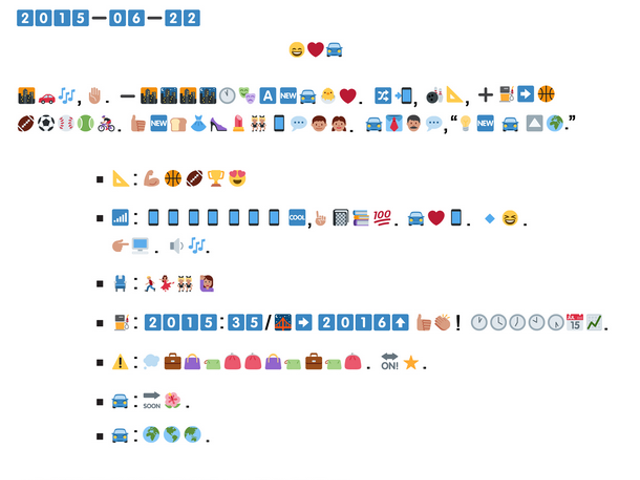New study shows Michigan gaining on walkability
[
{
"name": "GPT - Leaderboard - Inline - Content",
"component": "35519556",
"insertPoint": "5th",
"startingPoint": "3",
"requiredCountToDisplay": "3",
"maxInsertions": 100
}
]
An interesting study came out today from George Washington University's School of Business. It's co-authored by Christopher B. Leinberger, a guy who's become something of a spokesman for the bright prospects of walkable urban spaces and the demand for them. It's the kind of document that should help bolster the pitches of any entrepreneurs looking for funding for businesses in traditionally walkable places, but the study also has an eye on emerging "walkable urban places" (dubbed WalkUPs).
In a way, the study is almost a point-by-point response to those whose minds are stuck in the suburban drivable "Edge City," who can't imagine why their children would want to buy a house in the neighborhoods their parents abandoned. And the fact that this report comes from a business school and not a sociology department makes it all the more difficult to dismiss.
To risk generalization by tracing broad outlines, our older generation generally equates cars with "freedom." The freedom to go wherever you want (and, perhaps more importantly, park 15 feet from the entrance). Millennials, the most heavily researched generation in history, seem to enjoy cars for camping trips or visiting other cities, but regard day-to-day driving as a hassle, and have a tendency to choose neighborhoods that are historically walkable. Of course, the problem is that Michigan developers spent about 100 years almost exclusively building drivable Edge Cities, drivable subdivisions, drivable malls, drivable industrial sites, and even a MetroPark system that is largely accessible only by car.
As the report shows, that's changing. Not on the order of in such Eastern Cities as Boston and Washington, and not as rapidly as in car-centric Atlanta, but a slow, gradual shift, apparently the result of thousands of individual decisions and almost no public money. In such metropolitan regions as Detroit-Ann Arbor, Grand Rapids, Lansing, Jackson, and Kalamazoo, there's been a marked rise in new development geared toward walkable urban spaces, and select urban neighborhoods saw substantial reinvestment. In turn, property values in walkable urban places have appreciated at a considerably faster rate than those in drivable suburban locations since 2002.
We're only in the first stage of this shift in where development money goes, but Detroit-Ann Arbor is one of the areas leading the way.
But there will always be naysayers. "Sure," somebody will say, "some people want to live in walkable places, but only a fraction of us want to walk or bike everywhere."
Yes, it's a fraction: Four-tenths! The report says: "There is significant pent-up demand for walkable urbanism in Michigan. National polls consistently show that at least 40 percent of the population would like to live in a walkable urban place. ... A series of recent target market analyses conducted for the Michigan State Housing Development Authority (MSHDA) finds substantial demand for them. Yet only 8 percent of the total housing stock in the Michigan metros is walkable and only 4 percent of the housing stock built since 1960 is walkable."
"OK, OK," says our naysayer. "That may be true. But what about the schools? Once young couples have a few kids, Warren is gonna start looking pretty good to them."
Well, any neighborhoods pinning their hopes on good schools should take a look at the trends: From 2000 to 2013, Michigan saw 223,000 more households without children, and 194,000 fewer households with them. Again, even here, the numbers show why redeveloping walkable spaces is "a major opportunity for developers in Michigan."
On and on, the report has so many solid replies to our naysayer's erroneous "popular wisdom," that this report should be the perfect ammunition to anybody facing an unsympathetic lender, a doubtful public official, or just plain old "Uncle Sal." In truth, we forgot there were so many good reasons for walkability, from the personal, like relieving pressure on combined transportation-and-household budgets, to the broadly public, like reducing wear and tear on the state's roads. It's a little wonky, but have a look. Click here.





